I have to model a situation where I would like to use specializations to ensure classes are somewhat normalized, but:
- Risk multiple inheritance problems, especially in the long run
- Will need to derive an XML-compliant UML model from it (a.o., only one superclass allowed)
The simplified situation is as follows (see also diagram below): we have Parts, like doors, bolts, wheels, etc., and Tools, like drills, ladders, and bigger machinery. All of these may be used in generic processes, like Orders, Shipments, etc. As such, I would like to have one superclass (Powertype, maybe?) that represents them, say Item.
Both Tools and Parts have specialized classes that carry a serial number. As such, I figured that a SerializedItem class with a SerialNumber, which both SerializedPart and SerializedTool inherit, would ensure that all serialized 'things' we have carry at least the same information. However, I also need these Serialized items to carry at least the same information as their more generic parts, and hence I would introduce multiple inheritance.
I have considered making the Item classes interfaces. This would at least mitigate some (many, all?) multiple inheritance problems. This is where another however comes in: aside from an attribute SerialNumber, I would also like to enforce that all Serialized specializations have an aggregation relation with a Manufacturer. Aggregation to an interface is not allowed, so I feel like I cannot with one relation to the superclass enforce this relation.
As such, I have the following considerations/problems:
- Have two disjoint 'branches' of Item, with little to no technical governance on content of Serialized specializations
- Item classes as Interfaces, but then little governance w.r.t. use of Manufacturer by Serialized specializations
- All concrete classes, but then there exist multiple inheritance issues which must be solved when trying to derive XML classes from the model
Which option would you prefer, and why? Did I miss any considerations?
